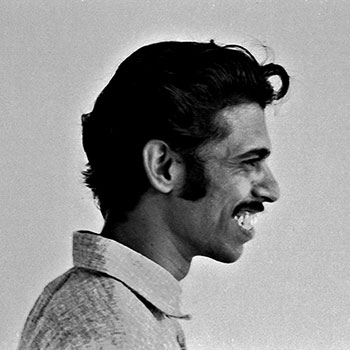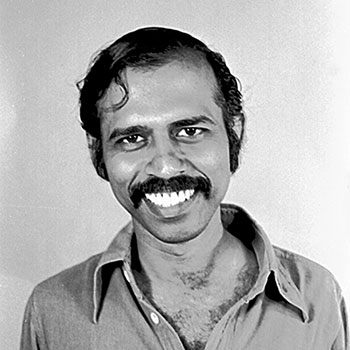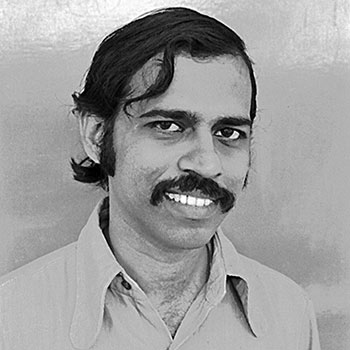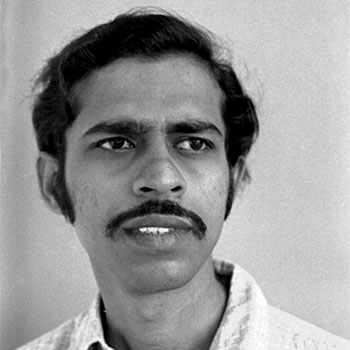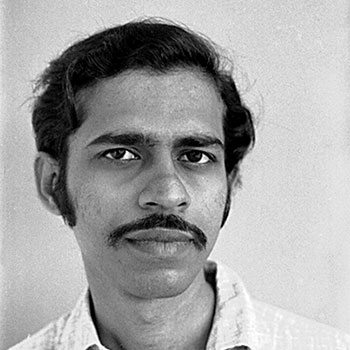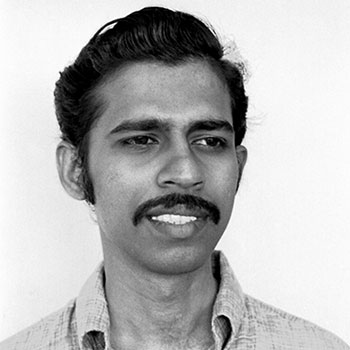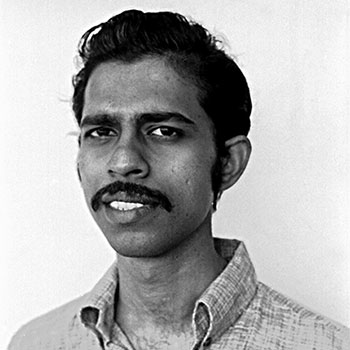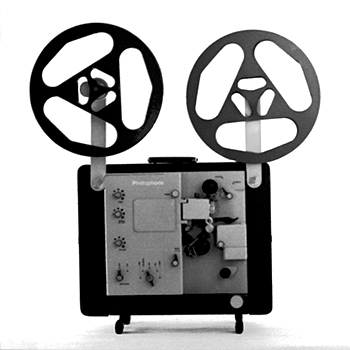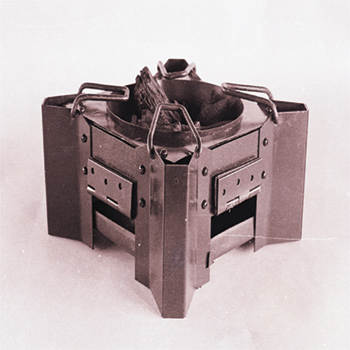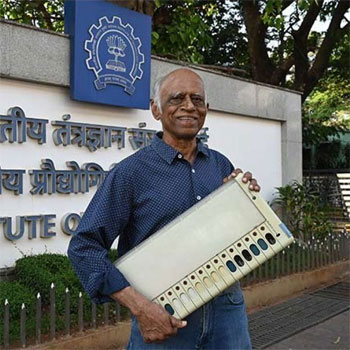A Simple Phone for the C-Dot project was developed by Prof. A.G. Rao. C-Dot was an R & D company initiated by Dr. Sam Petroda. He had an ambitious plan for a "Telecom Revolution in India". He was well established as a technologist and entrepreneur in the U.S.A., with many patents to his credit in the telecom sector. His proposal in front of Prime Minister Smt. Indira Gandhi was for telecom technology development in 36 months with a budget of 36 crores. He said, "Give me this budget and in three years, I will transform the telecom sector with Indian tallent," and the project was sanctioned. C.Dot was an innovative idea in telephone exchange suitable for the rural sector in India. According to Dr. Pitke, "Simple Phone will be the simplest possible digital telephone which can be useful for all purposes." A STD phone and an executive phone also need to be designed. STD phones will be used in pan-shops, etc., as service phones. Executive phones will have multiple functions, like call forward, re-dial, teleconference, etc.," "Tryst with Destiny" was a combined project done by Prof.S. Nadkarni, U.A. Athavankar, M. Chattopadhyay, A.G. Rao, Subodh Dhairyvan, Roby D’Solva, and Abdul Gaffoor. The Center was tasked with creating a pavilion on "Education" for the Third Asian International Trade Fair, known as Asia 72. The design efforts culminated in a presentation called "Tryst with Destiny," distinguished by its simplicity from the rest of the pavilions. The scheme depicted educational efforts at various levels in the transformation of India since Independence. The Pavilion conveyed the theme through murals, illuminated photographs, filmed interviews, a film, and a publicity programme of posters, folders, etc. Vaccum formed plastic units which could be transported easily and assembled in a short time were designed. Items like chairs, ash trays, and lamps were specially designed for the exhibition. A. G. Rao, B. S. Jagdish, and M. S. G. Rajan collaborated on another project called Coal Chula. A portable coal stove (chula) is traditionally made with a bucket and thick cement or mud insulation. Coal India announced a competition for engineers and designers to delve into the fundamentals of the problem. Coal India announced a competition for engineers and designers to delve into the fundamentals of the problem in the design. The design arrived at is for semi-urban use. To avoid smoke formation, the fire pot has several holes that distribute air evenly throughout the coal. The ashes can be cleaned easily as the whole bottom plate is hinged on one side, and two ducts help in getting controlled burning. To increase stability, the 'chula' is kept low in height. The unit can be made by a small industry with very little skill.
